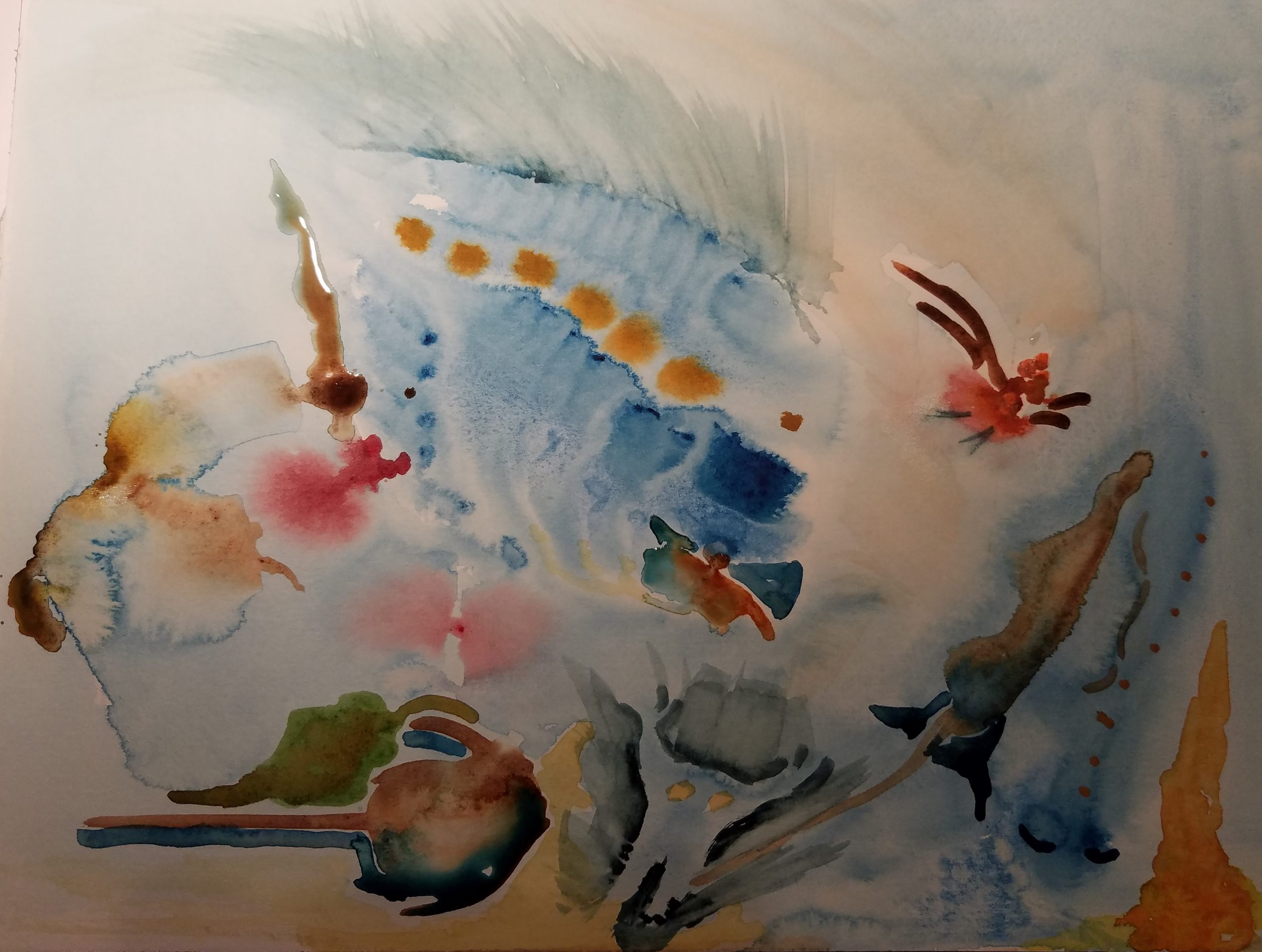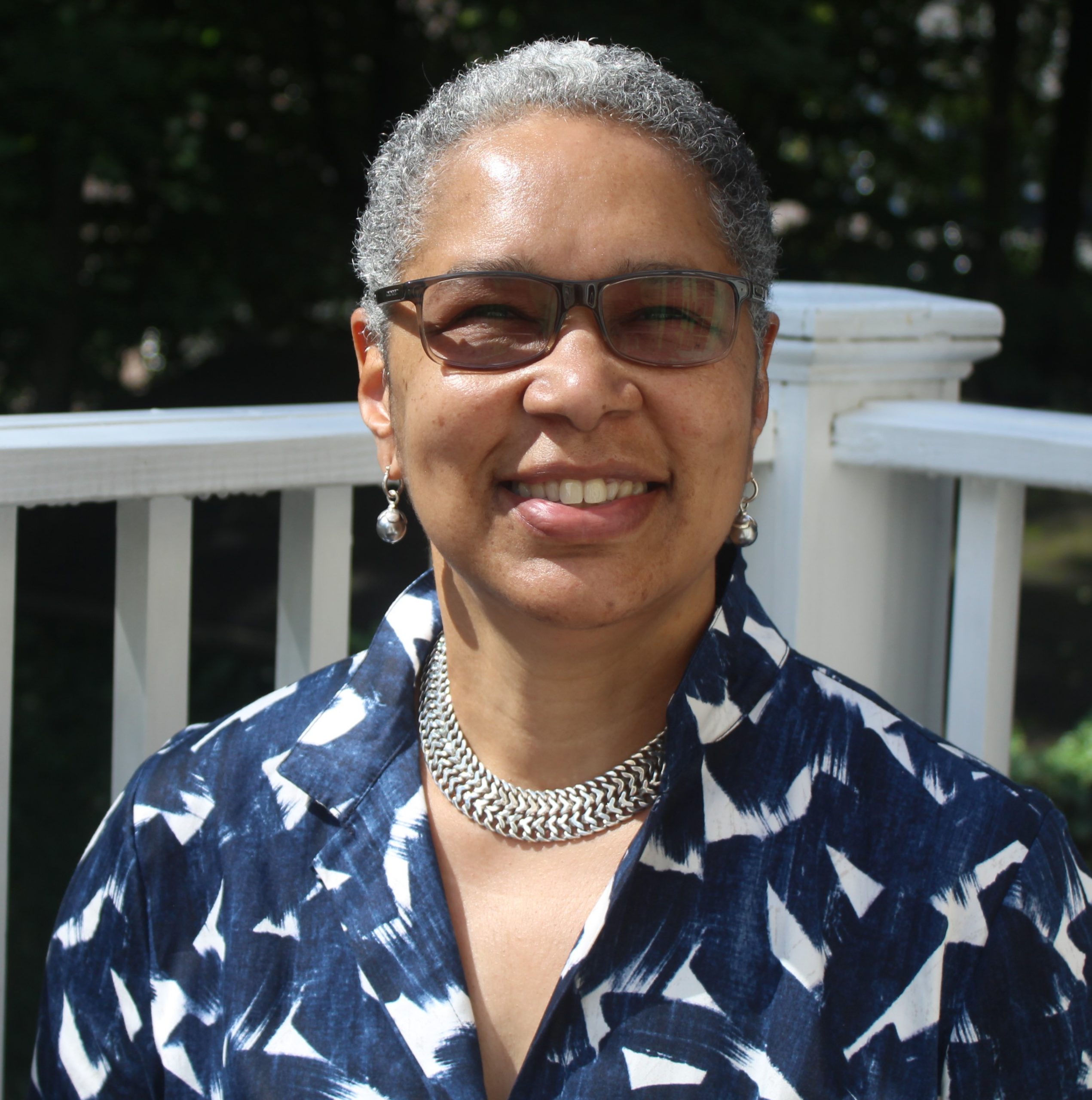The American Art Therapy Association represents a diversity of professionals, students, and organizations across the nation. We recognize and celebrate the work of our members at all levels through our Featured Member series.
What excites (or inspires) you most about your job right now?
I began a private practice as a pivot after my position was eliminated in a child and adolescent treatment program. I find myself now serving clients from three years old to young adults. I had intended to try to continue to serve the population I had been working with, but that is not who showed up! I am constantly challenged, educated, exhausted, and delighted by my job right now.
Has working with a particular client group shaped your professional focus or specialty? What have you learned from working with these clients?
I do have a soft spot for angry, resistant tweens and teens. To have patience, gentleness, understanding and set firm, reasonable limits are good lessons I have learned from many an acting-out teenager. The deepest, most important learning from them is that they are just like all of us: they want to be seen, heard, understood and respected. Allowing them space and tools to express what they feel and what they have experienced is something I feel proud of.

“Covid Puppet,” one of a dozen or more I made
to help process the stress of Covid lockdown.
2020
How have race, diversity, and/or social justice impacted your work as an art therapist?
I am a Black art therapist. Simply showing up as part of a treatment team, or being available for my Black, Latinx, Asian, queer, white, and other clients is an act of social justice. That said, I’m no social justice expert. I am challenging myself to be open, to listen, to keep learning.
What are your hopes for the future of the art therapy profession?
As a community of art therapists, I hope we will become more mutually supportive, collaborative, innovative, and creative in delivering services. So many people need expressive therapy to find a way to overcome obstacles and thrive. There should be an art therapy center in every community!
What advice would you give someone interested in pursuing a career in art therapy?
I would advise speaking with as many art therapists as you can before you make your decision about a program. I came to art therapy as a second career, and I am happy to have done so.
What keeps you excited about the AATA community?
I believe that AATA is growing toward the future, looking to be a stalwart resource and bedrock of community connection and empowerment.
Is there anything else you’d like to share?
Since the unfolding revelations of police violence came to a boil in 2020, I have begun a collaboration with a respected mentor of mine attempting to craft an Open Studio Process workshop to help people consider the effect of race on their lives, especially people who may not have given that idea much thought previously. That has been an interesting challenge.

Untitled, by Rhonda Johnson. Tea and watercolor, 2022
Artist Statement
The painting captures a moment of indecision and wondering.
About Rhonda Johnson, ATR-BC, LPAT

Quite a while ago, I graduated Wellesley College with a degree in Economics, and originally pursued a career in corporate marketing. I learned valuable skills and realized I disliked life in cubicles. Eventually, I reprioritized my love for art and pursued a graduate degree in Creative Art Therapies at Pratt Institute in Brooklyn. Along the way, I also became a certified Open Studio Process facilitator. Now, with my individual clients, and in group workshops, I try to bring humor and my particular skill set to provide meaningful, surprising, and evocative experiences.
Visit Rhonda’s website at drawyourselfout.com
